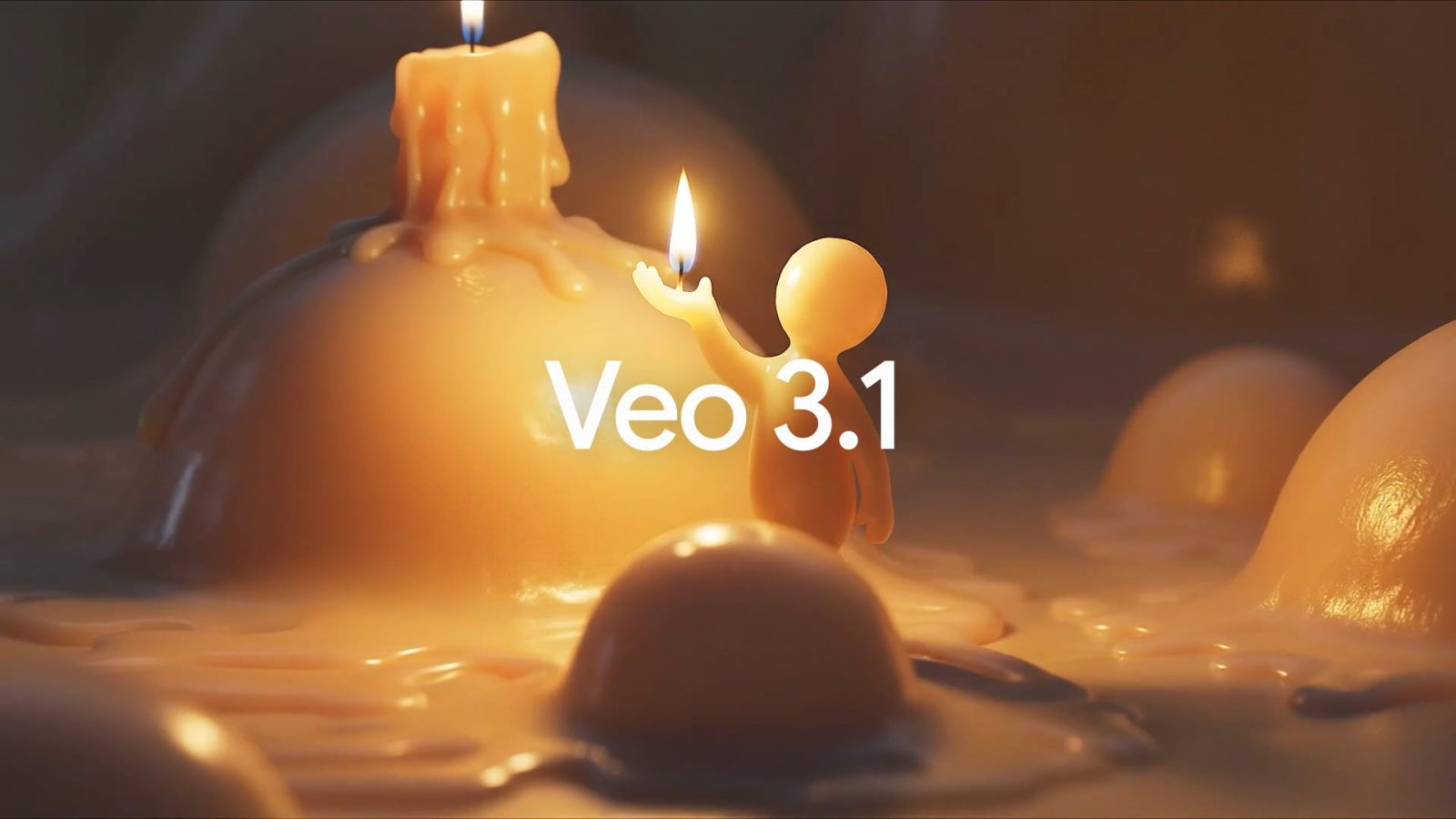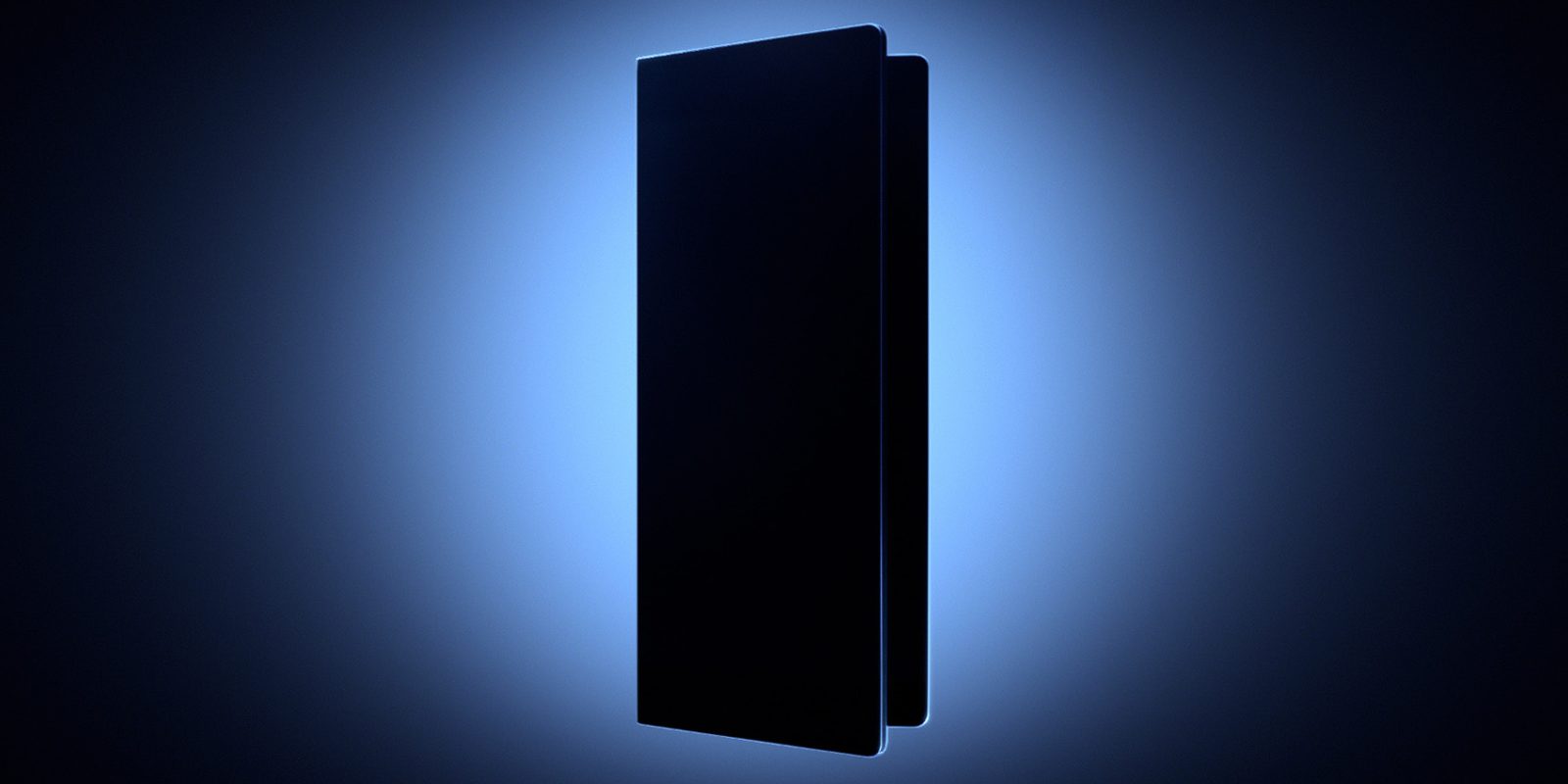On October 15, 2025, Google introduced Veo 3.1, the latest iteration of its video generation model, alongside significant updates to the Flow filmmaking tool. These advancements aim to provide users with enhanced creative capabilities and more precise control over video content creation.
Veo 3.1: Elevating Video Generation
Building upon the foundation laid by Veo 3, announced at Google I/O 2025 in May, Veo 3.1 brings several notable improvements:
– Enhanced Audio Quality: Veo 3.1 delivers richer and more immersive audio experiences, capturing a broader range of sounds with greater clarity.
– Realistic Textures: The model offers enhanced realism, accurately depicting true-to-life textures and details, resulting in more lifelike video outputs.
– Advanced Narrative Understanding: With a deeper comprehension of storytelling elements, cinematic styles, and character interactions, Veo 3.1 empowers users to exercise greater narrative control over their video projects.
– Improved Image-to-Video Conversion: The image-to-video feature benefits from superior audio-visual quality and more accurately adheres to user prompts, ensuring a seamless transition from static images to dynamic videos.
Veo 3.1 and its expedited version, Veo 3.1 Fast, are now accessible through the Gemini app, the Gemini API, and Vertex AI. These platforms support text-to-video and image-to-video generation for both horizontal (16:9) and vertical (9:16) formats, catering to a wide array of content creation needs.
Flow Filmmaking Tool: Harnessing Veo 3.1’s Capabilities
In tandem with the release of Veo 3.1, Google has updated the Flow filmmaking tool to leverage the model’s new features. Key enhancements include:
– Audio Generation Integration: Flow now supports audio generation in various scenarios:
– Ingredients to Video: Users can incorporate images featuring multiple characters, objects, and styles, with Flow generating corresponding audio to match the visual elements.
– Scene Extension: Existing clips can be extended seamlessly, with Flow analyzing the final second of the footage to generate a natural continuation.
– Frames to Video: By specifying starting and ending images, users can create videos where Flow intelligently bridges the two frames, ensuring a cohesive narrative flow.
– Advanced Editing Capabilities: Flow introduces new tools for inserting elements such as objects, characters, and intricate details into scenes. The system automatically manages complex aspects like shadows and scene lighting, ensuring that additions blend naturally with the existing footage.
– Upcoming Object Removal Feature: An anticipated update will allow users to remove objects and characters from scenes. Flow will reconstruct the background and surrounding elements to produce a seamless edit, maintaining the visual integrity of the scene.
Broader Context and Implications
The introduction of Veo 3.1 and the enhancements to Flow signify Google’s commitment to advancing AI-driven content creation tools. These developments are part of a broader trend in the industry, where AI models are increasingly being integrated into creative workflows to streamline production processes and expand creative possibilities.
For instance, earlier in 2025, Google expanded the availability of Veo 3 to all Gemini app ‘Pro’ subscribers worldwide, enabling a larger user base to experiment with AI-generated video content. Additionally, the Gemini app rolled out photo-to-video generation capabilities, allowing users to transform static images into dynamic video clips with sound.
These advancements have also influenced platforms like YouTube, which has been creating dedicated spaces for AI-generated content. In June 2025, YouTube announced plans to integrate Veo 3’s video generation capabilities into YouTube Shorts, providing creators with new tools to produce engaging short-form content.
As AI continues to evolve, tools like Veo 3.1 and Flow are poised to play a pivotal role in shaping the future of digital content creation, offering creators unprecedented control and flexibility in their storytelling endeavors.



